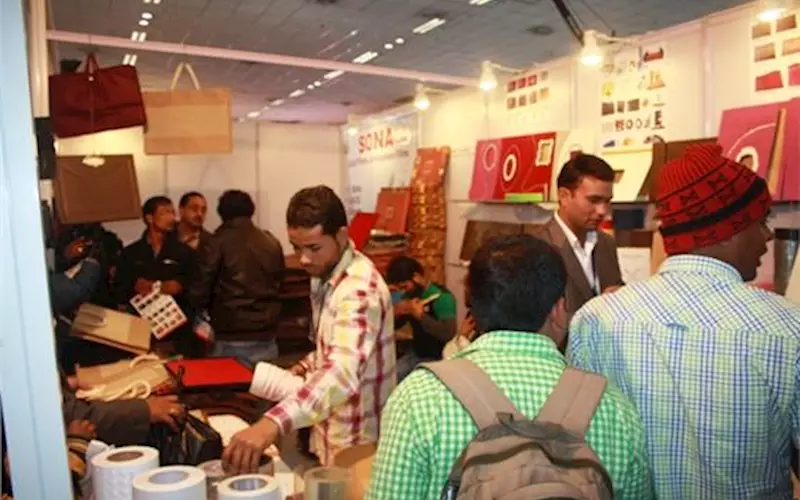Photography industry growing at the rate of 15-20%
According to AIPTIA sources, the response to the exhibition was overwhelming. There were more than 200 exhibitors, ranging from big brand corporates to small start-ups in eight halls, occupying 6,500 sq/m of space. More than 50,000 people visited the four-day show.
30 Jan 2015 | By Dibyajyoti Sarma & Rahul Kumar
“The objective of the exhibition was to spread awareness and knowledge on the latest imaging technology, and its trends, and the latest digital products and services,” says Dhiraj Vyas, president, AIPITA.
According to Vyas, the growth rate of the photography industry can be pegged at 15-20% overall. “Contrary to the belief that the photography and imaging business is on the decline, the number of exposing devices and the number of exposures are increasing multifold,” he says. “Though the number of smaller-size photo prints has drastically come down, the bigger size prints of wedding photos, cultural activities, corporate functions, infrastructure projects are on the rise.”
With old technologies fading, new trends are picking up. The silver halide prints are on the decline, but prints on plain and textured papers are increasing. Silver halide processing machines are being taken over by toner/cartridge-based printing machines. On the same lines, Vyas says while smartphones killed small amateur cameras, it did fuel the growth of DSLRs (digital single lens reflector cameras). “This means more turnovers for camera manufacturers, though the number of units sold is less. Consolidation of smaller retail business into big output centralised manufacturing units is taking place gradually,” he adds.
When digital arrived, the analogue technology took a backseat. Initially, there was a dip in overall business. “Now, digital imaging and digital printing are leading the way to new avenues and growth. The industry has accepted the inevitable change,” says Vyas.
For Vyas, the highlight of the photofair was the unexpected enthusiasm both from exhibitors and visitors. “The stalls were booked to capacity, so much so that we could not accommodate many prospective exhibitors,” he says.
The next edition of the exhibition will be held in January 2016, in Mumbai.














 See All
See All